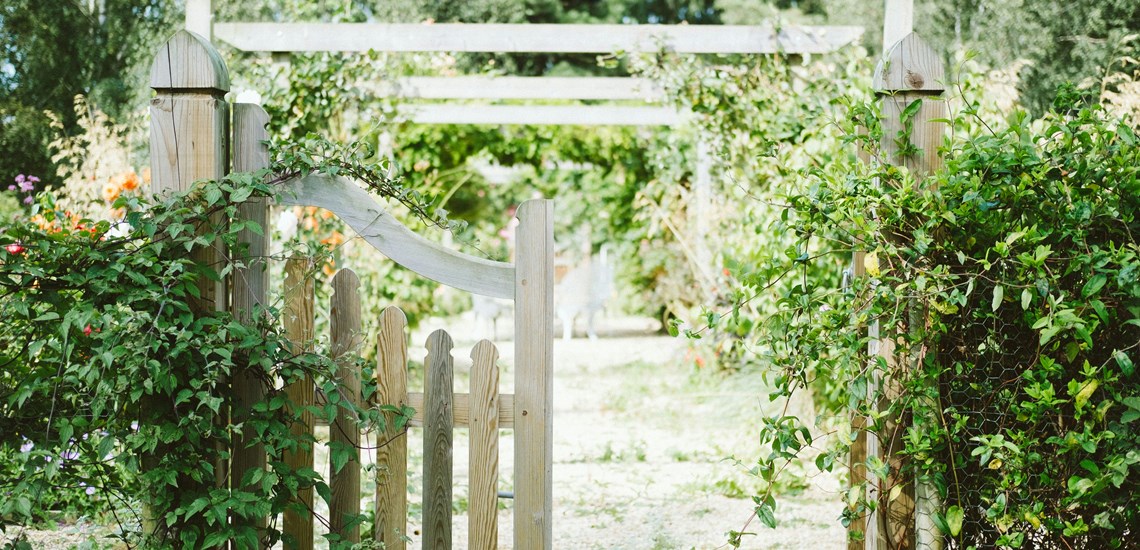What do building surveys look at in the garden?

When surveying a garden, there are several critical aspects that our surveyors meticulously inspect to ensure the outdoor space is in optimal condition and does not pose future issues for homeowners.
1. Boundaries and Fencing:
One of the primary elements we look at is the condition and positioning of boundary walls and fences. These structures define the property’s limits and their stability and maintenance are crucial. Cracked, leaning, or deteriorating fences can be a sign of underlying issues that need addressing.
2. Drainage and Water Features:
Proper drainage is essential to prevent waterlogging and damage to both the garden and the property itself. Our surveyors check the efficiency of drainage systems, positioning of garden slopes, and any water features such as ponds or fountains that might affect water flow.
3. Trees and Vegetation:
The types and locations of trees and large shrubs are thoroughly examined. Overgrown roots can impact foundations and underground pipes, while the general health of large trees is assessed to foresee potential risks of falling branches or even tree collapse.
4. Surface and Pathways:
We inspect all garden surfaces, including pathways and patios, for signs of wear, subsidence, or improper installation. Uneven or damaged paths can be hazardous and indicative of poor groundwork or soil issues.
5. Outbuildings and Sheds:
Any outbuildings, such as sheds, greenhouses, or garages, are also part of our survey. We check their structural integrity and ensure they are built to safety standards. Issues like dampness, structural weaknesses, or pest infestations are identified.
6. Planning Restrictions and Permissions:
Surveyors also look into any planning restrictions that might affect the garden. This includes checking if outbuildings had the necessary permissions and if any existing structures comply with local regulations and guidelines.
7. Garden Walls and Retaining Structures:
The integrity of garden walls and retaining structures is crucial, especially in sloped gardens. Poorly constructed or damaged walls can lead to soil erosion and even collapse, posing serious safety risks.
8. Pests and Infestations:
Finally, we examine the garden for signs of pest infestations. Termites, rats, and other pests can cause significant damage to wooden structures and plants, leading to costly treatments and repairs.
By conducting a comprehensive survey of the garden, Valunation ensures that potential buyers or current homeowners are aware of any existing issues and can make informed decisions. Our ultimate goal is to provide peace of mind and protect the investment in the property.